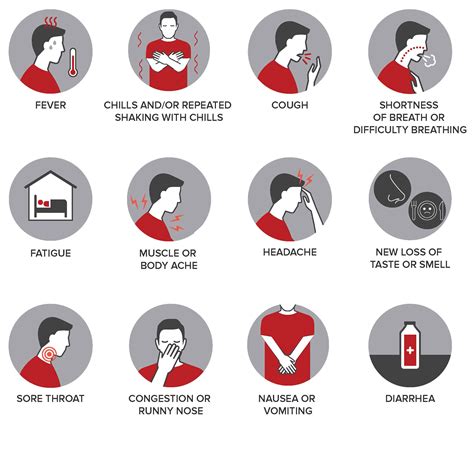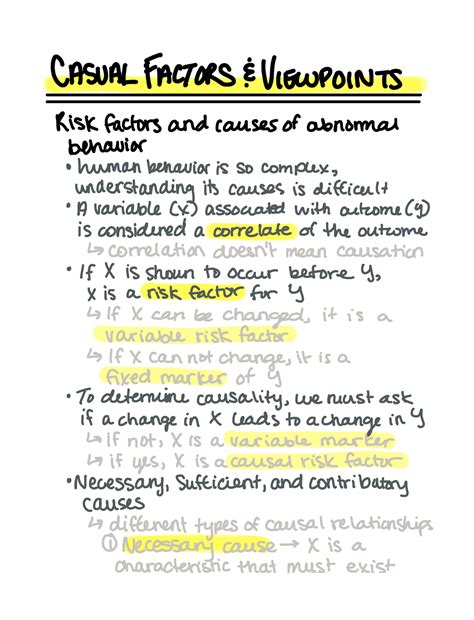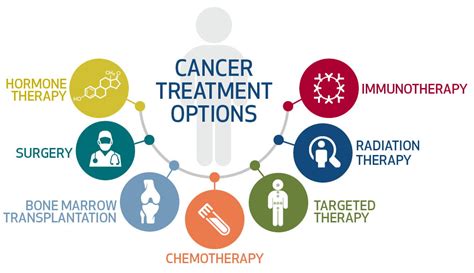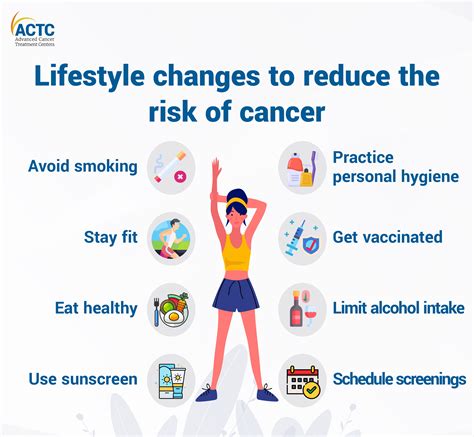Intro
Discover 5 crucial facts about rectal prolapse, including symptoms, causes, and treatment options, to better understand this pelvic floor disorder and its related conditions, such as hemorrhoids and anal prolapse.
Rectal prolapse is a condition that affects many people worldwide, causing discomfort, pain, and embarrassment. Understanding this condition is crucial for seeking proper medical attention and treatment. Rectal prolapse occurs when the rectum loses its normal attachments inside the body, allowing it to protrude out through the anus. This condition can significantly impact an individual's quality of life, making everyday activities challenging.
The causes of rectal prolapse can vary, including chronic constipation, diarrhea, or other conditions that lead to straining during bowel movements. Aging is also a significant factor, as the muscles and tissues that hold the rectum in place weaken over time. Additionally, women who have experienced childbirth may be more prone to rectal prolapse due to the strain on the pelvic floor muscles.
Recognizing the symptoms of rectal prolapse is essential for early diagnosis and treatment. Common symptoms include a bulge or lump in the anus, difficulty controlling bowel movements, and rectal bleeding. In some cases, the prolapse may be visible as a reddened or purple mass protruding from the anus. Understanding these symptoms can help individuals seek medical attention sooner, potentially reducing the severity of the condition and the complexity of treatment.
What is Rectal Prolapse?

Symptoms and Diagnosis

Causes and Risk Factors

Treatment Options

Lifestyle Changes and Prevention

Complications and Outlook

Understanding Rectal Prolapse in Different Populations
Rectal prolapse can affect individuals of all ages, although it is more common in older adults and young children. In children, rectal prolapse is often associated with chronic constipation or conditions such as cystic fibrosis. Understanding the specific causes and risk factors in different age groups can help in developing targeted prevention and treatment strategies.Role of Diet and Nutrition
Diet and nutrition play a crucial role in the management and prevention of rectal prolapse. A diet high in fiber can help prevent constipation, reducing the strain on the rectum. Adequate hydration is also essential for preventing constipation. In some cases, nutritional supplements may be recommended to support overall health and healing.Psychological Impact
The psychological impact of rectal prolapse should not be underestimated. Patients may experience embarrassment, anxiety, and depression due to the nature of the condition and its effect on daily life. Support from healthcare providers, family, and friends, as well as counseling, can be beneficial in addressing these psychological aspects.What are the common symptoms of rectal prolapse?
+Common symptoms include a feeling of a bulge or something coming out of the anus, difficulty controlling bowel movements, and rectal bleeding.
Can rectal prolapse be prevented?
+While not all cases can be prevented, making lifestyle changes such as eating a high-fiber diet, practicing good bowel habits, and avoiding straining during bowel movements can help reduce the risk.
What are the treatment options for rectal prolapse?
+Treatment options range from lifestyle changes and pelvic floor exercises for mild cases to surgical intervention for more severe prolapse.
In conclusion, rectal prolapse is a condition that requires understanding, care, and proper management. By recognizing its symptoms, understanding its causes, and exploring treatment options, individuals can seek the help they need to improve their quality of life. We invite you to share your experiences, ask questions, and seek advice from healthcare professionals to better understand and manage rectal prolapse. Together, we can work towards raising awareness and supporting those affected by this condition.
